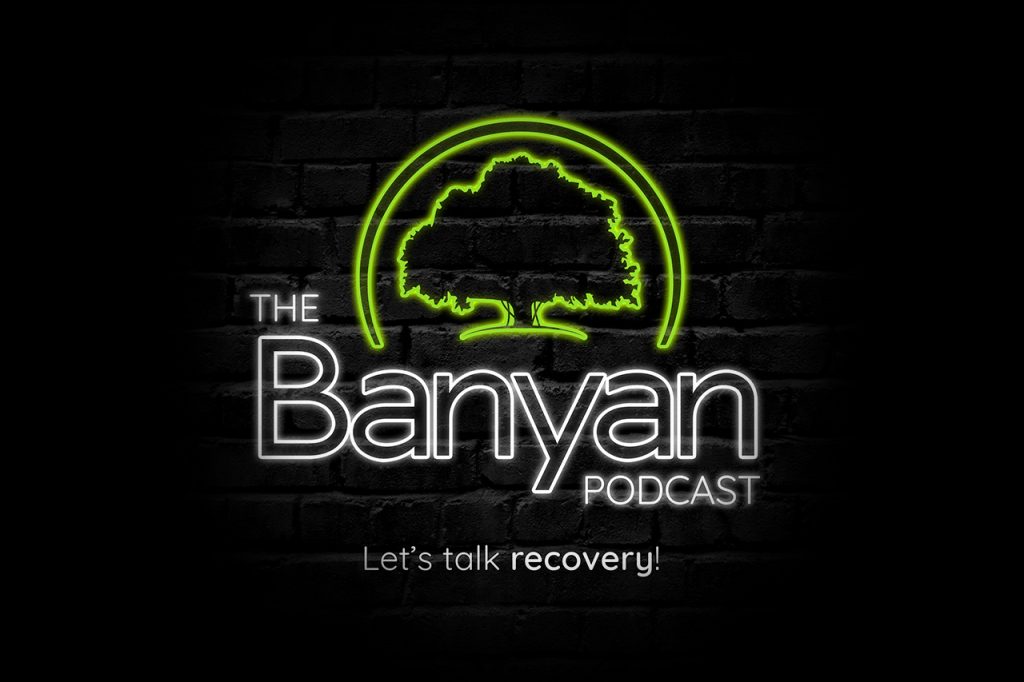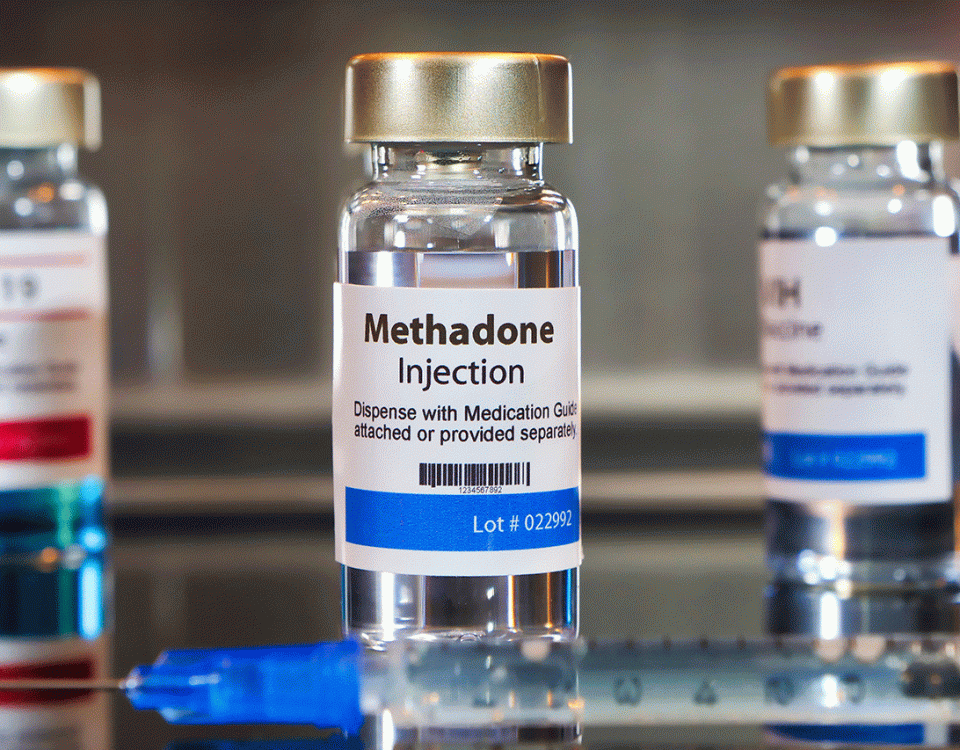Carfentanil is a synthetic opioid and fentanyl analog, meaning it’s similar to fentanyl but more potent and cheaper.
It’s believed to be 10,000 times more potent than morphine, about 100 times more potent than fentanyl, and 50 times more potent than heroin, all of which are highly addictive opioids, as well. In recent years, carfentanil has surfaced in more and more communities. It’s a drug that’s commonly sold as heroin or mixed into other drugs to intensify their side effects. As with other opioids, carfentanil can be not only addictive but also deadly. Our drug rehab in Florida is sharing what you should know about carfentanil.
What Is Carfentanil Used For?
As a Schedule II drug, carfentanil has an accepted medical use as well as a high potential for abuse that can lead to physical dependence or addiction. In the medical field, carfentanil is used as a tranquilizer for elephants and other large mammals. Carfentanil works as an agonist on mu-opioid receptors in the brain and spinal cord. This means that it acts as other opioids by attaching itself to these receptors to alleviate pain and produce sedation. The fact that it’s used as a tranquilizer for large animals should give you an idea of how deadly it is for people.
Carfentanil is also sold and used illegally on the streets. Those with opioid addictions often turn to this drug for a more intense high. Additionally, carfentanil is a common cutting agent in street drugs like heroin and cocaine because they’re all white, powdery substances. Cutting agents are substances that are added to drugs to make them more powerful or to make them weigh more. This allows drug dealers to make more profit with fewer products. However, this also increases the likelihood of overdose-related death. Individuals who struggle with carfentanil abuse and do not receive care, such as a medically monitored detox, are more likely to stay addicted and suffer consequences like an overdose.
Carfentanil Side Effects
Carfentanil is also part of a combination called “gray death,” which is a mixture of heroin, fentanyl, carfentanil, and other opioids. Additionally, because carfentanil is a common cutting agent, many opioid and cocaine users often take this drug unknowingly. In doing so, they run the risk of injury or developing a dependence on it.
If someone takes carfentanil and doesn’t die or overdose, any symptoms or side effects they experience will be similar to those produced by other opioids. People who abuse this drug may experience calmness, tranquility, nausea, vomiting, and drowsiness. Other common side effects of carfentanil include:
- Sedation
- Runny nose
- Insomnia or difficulty sleeping
- Excessive sweating
- Muscle aches
- Depression
- Difficulty concentrating
- Reduced motor movement
- Loss of coordination
Even people who do not directly use carfentanil, but use other substances that may contain it, are at risk of addiction and overdose. If you’re addicted to heroin or cocaine and do not receive inpatient drug treatment, then your risk of experiencing these repercussions is increased.
How Much Carfentanil Is Fatal?
The most common side effect of carfentanil is death. Even the smallest dose of carfentanil can be fatal, but it’s difficult to determine how much of this drug is present in heroin or cocaine, if at all. In humans, 1 microgram of carfentanil is enough to make someone high, and the fatal carfentanil dosage is 20 micrograms, which is less than a grain of salt.
You can also overdose on carfentanil if you take anything less than 20 micrograms (20 being the fatal dose). A drug overdose is when the body is overwhelmed by a toxic substance, during which a person may exhibit certain behavioral and physical symptoms. Some common carfentanil overdose symptoms include:
- Pinpoint pupils
- Unconsciousness
- Respiratory depression
- Unresponsiveness
- Limp body
- Awake, but unable to speak
- Pale or clammy skin
- Blue skin, lips, and fingernails
- Slow or shallow breathing
- Irregular or stopped breathing
- Choking or gurgling sounds (also referred to as the “death rattle”)
- Nausea and/or vomiting
Because opioids depress or sedate the central nervous system, basic functions like breathing and heart rate are slowed significantly. Usually, the deadliest symptom of an opioid overdose is respiratory depression, in which the person has difficulty breathing and is unable to get enough oxygen to their brain. Heart failure and other side effects may also occur as a result of opioid use, including addiction.
We wanted to share what you should know about carfentanil because this drug is being found in more and more communities. If you or a loved one is battling carfentanil abuse or any other kind of addiction, call Banyan Treatment Centers Boca now at 888-280-4763 to learn how our drug and alcohol rehabilitation programs can help.




















